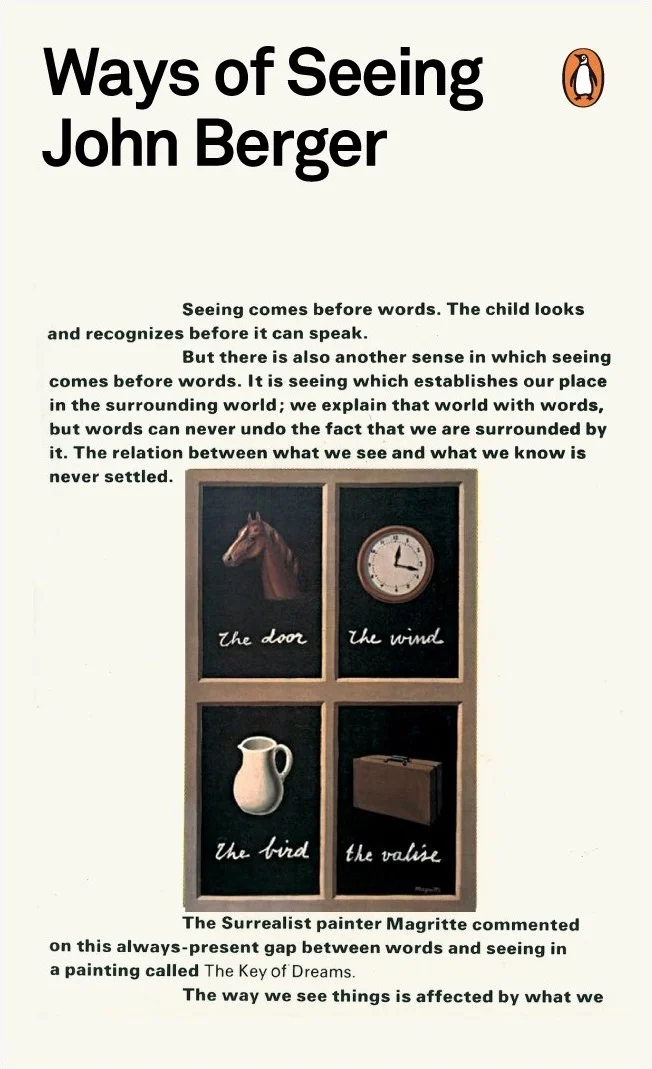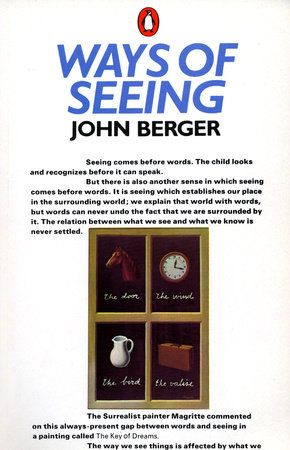So, I decided to really sit down with John Berger's "Ways of Seeing" again. It's one of those things that, once you get it, you can't unsee it. My journey with this wasn't like a straight read-through; it was more like wrestling with ideas, letting them sink in, and then seeing the world a bit differently.
My First Tangle with Berger's Ideas
I remember picking this up, or rather, having it thrust at me ages ago. At first, I was like, "Okay, art stuff, a bit academic, maybe?" But then, as I started to really go through it, page by page, some things just jumped out. It wasn't just about looking at paintings; it was about how we're taught to look, or not look, more importantly.
The process for me was slow. I’d read a bit, then put it down and just think. Or I'd see an advert on TV or a magazine cover and go, "Hang on a minute, that’s exactly what he was talking about!"

What Really Stuck With Me
A few things really hit home during my 'practice' of understanding Berger:
- The way women are shown: This was a big one. He talks about how, for centuries, paintings showed women as objects to be looked at, owned, basically. And it wasn't just about being nude, but the pose, the gaze, everything geared towards the male spectator. I started seeing that pattern everywhere, not just in old art.
- Art, Money, and Power: Berger was pretty blunt about how oil painting, especially, became this way to show off what rich people owned. "I own this land, this woman, these fancy things." It made me think about who art was for, and who it still is for, sometimes. He connected it straight to the "high culture" snobbery and how money talks, even in art. The idea that the poor are just "happy" in their place in some of these old paintings – he really calls that out.
- Old Paintings and Modern Ads: This was a mind-bender. He draws this direct line from the techniques and aims of classical oil painting to modern advertising. Both are trying to make you want something, to feel a bit envious, to believe that buying something will change your life. Once I saw that connection, I couldn't stop seeing it. Every glossy ad started to look like a modern-day oil painting promising happiness through stuff.
- Seeing is Framed: This is probably the core of it for me. He argues that we don't just see; we learn to see. Our perception is shaped by what we've been told, by the context. Someone, somewhere, is framing how we interpret images, and often it's to maintain a certain power structure or sell you something.
My "Aha!" Moment - It Became Personal
I remember this one time, years ago, before I'd really dug into Berger properly, I was at a friend's house. Super nice guy, but really into his status symbols. He'd just bought this ridiculously expensive watch, and he was going on and on about the "craftsmanship" and "heritage." And all I could think was, "You just spent a down payment on a small car for something that tells the time, just like my cheap digital one."
Later, after really getting into "Ways of Seeing," that memory clicked. Berger talks about publicity (advertising) making us envious of our future selves, the selves who own the product. My friend wasn't just buying a watch; he was buying the image of the man he wanted to be, the status he wanted to project. And the ad campaigns for those luxury watches? Pure oil painting tactics: showing a successful, handsome man, implying that this watch is part of that success. It's not about telling time; it's about being seen as the kind of person who owns such a thing.
It made me look at my own bookshelf, my own choices. Why did I buy that brand of coffee, or those shoes? How much of it was me, and how much was what I'd been conditioned to want, to see as desirable? Berger didn't give me answers, but he sure made me ask a lot of questions about my own "ways of seeing."
Still Seeing Differently
So yeah, that’s been my journey with it. It’s not a one-time read. It’s something that seeps into how you view things. I still catch myself looking at an image and thinking, "Okay, Berger, what would you say about this one?" It’s made looking at the world, especially the visual bits, a much more active, and sometimes unsettling, process. But definitely more interesting.











